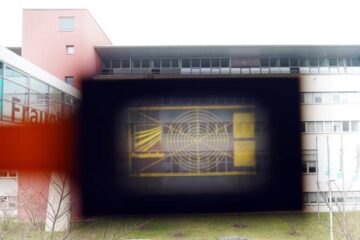New study questions dark matter in galaxies and clusters of galaxies

A new paper examines galaxy rotation curves without exotic dark matter and seeks to describe a modified Newtonian acceleration law derived from a relativistic modification of Einstein’s gravitational theory. Details are available in the January 10th, 2006, edition of The Astrophysical Journal 636, pp. 721-741.
The study is entitled “Galaxy Rotation Curves Without Non-Baryonic Dark Matter” and is co-authored by John Moffat, Perimeter Institute for Theoretical Physics, and Joel Brownstein, Perimeter Institute for Theoretical Physics.
This work, in conjunction with other research, may one day help to explain the Pioneer 10 – 11 spacecraft anomaly. The two space probes, launched in 1972 and 1973 respectively, are now at the edge of the solar system on trajectories that cannot yet be fully explained based on what is known about Newtonian and Einstein gravity.
Media Contact
More Information:
http://www.perimeterinstitute.caAll latest news from the category: Physics and Astronomy
This area deals with the fundamental laws and building blocks of nature and how they interact, the properties and the behavior of matter, and research into space and time and their structures.
innovations-report provides in-depth reports and articles on subjects such as astrophysics, laser technologies, nuclear, quantum, particle and solid-state physics, nanotechnologies, planetary research and findings (Mars, Venus) and developments related to the Hubble Telescope.
Newest articles

Wildfire danger to increase due to climate change
WSL Institute for Snow and Avalanche Research (SLF) researchers expect an elevated wildfire danger in the Alpine Foreland from 2040 onwards due to changing meteorological conditions. The danger currently remains…

Advanced Brain Science Without Coding Expertise
Researchers at Helmholtz Munich and the LMU University Hospital Munich introduce DELiVR, offering a new AI-based approach to the complex task of brain cell mapping. The deep learning tool democratizes…

Transparent emissive microdisplays
… for ultra-light and compact augmented reality systems. As part of the HOT project (High-performance transparent and flexible microelectronics for photonic and optical applications), scientists from the Fraunhofer Institute for…





















